When discussing 5G NTN, it’s important to understand what NTN is, how it functions, and the purpose of Transparent Architecture. What is 5G NTN? 5G NTN refers to the integration […]


Before the advent of Rel.17, IoT deployments were plagued by connectivity challenges, especially in remote and rural areas. Terrestrial networks often fall short in providing reliable coverage, resulting in data […]
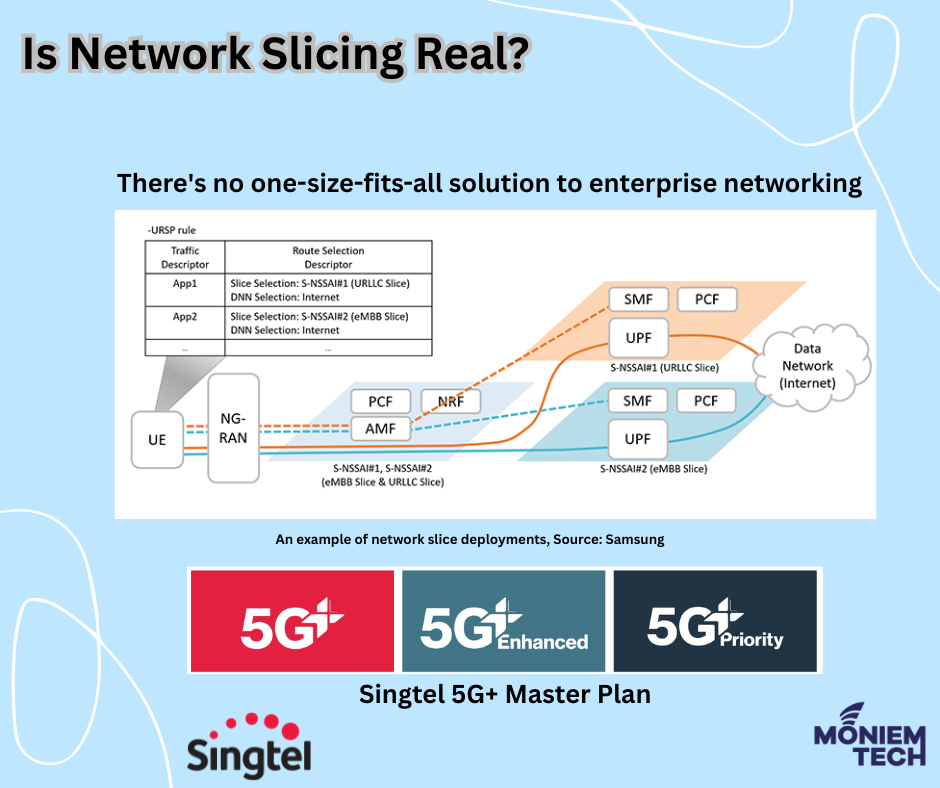
Network Slicing is essentially the ability to divide your network into individual use cases, each tailored to provide specialised services. Traditionally, in 4G, the APN (Access Point Name) was probably […]
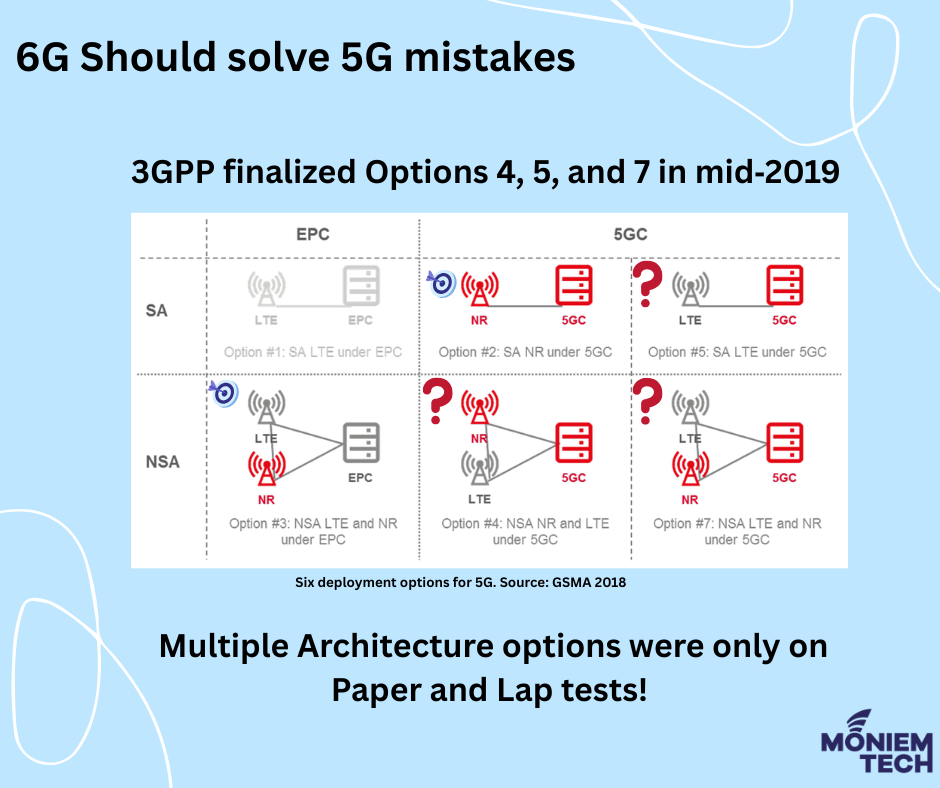
For the introduction of 5G, 3GPP has specified five possible configurations, or ‘options’, for connecting to an EPC or a new 5G core network (six if the current 4G system […]

Synchronization in 5G ensures precise timing and coordination across the network, enabling key technologies like TDD, beamforming, and ultra-low latency. 5G TDD networks utilise the same frequency for both uplink […]
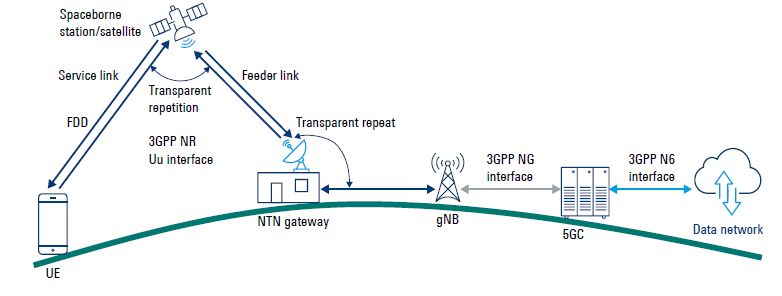
The 5G Non-Terrestrial Network (NTN) integrates satellite and airborne platforms with terrestrial 5G networks to provide ubiquitous coverage. The Next-Generation Radio Access Network (NG-RAN) architecture in 5G NTN can be designed to […]
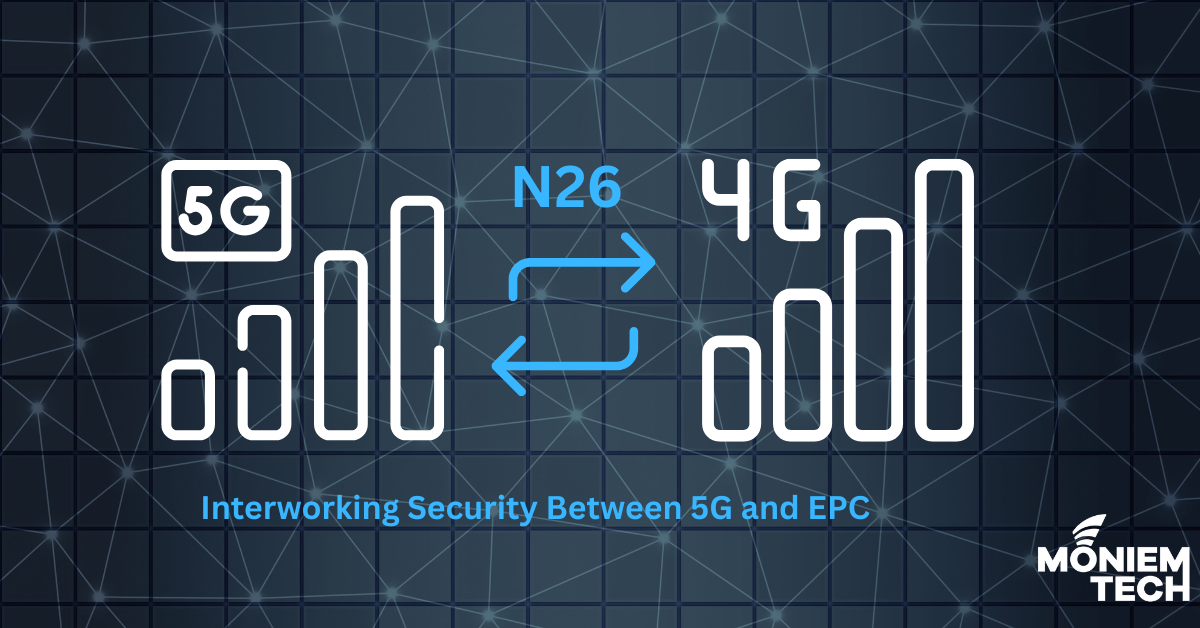
Interworking security between 5G and EPC involves managing security contexts during mobility between the two systems. This ensures that the UE can maintain secure connections regardless of the access […]

Sunsetting 2G and 3G networks is not an easy step for mobile network operators (MNOs) due to several technical, financial, and social factors. The decision isn’t just about technology—it’s about […]
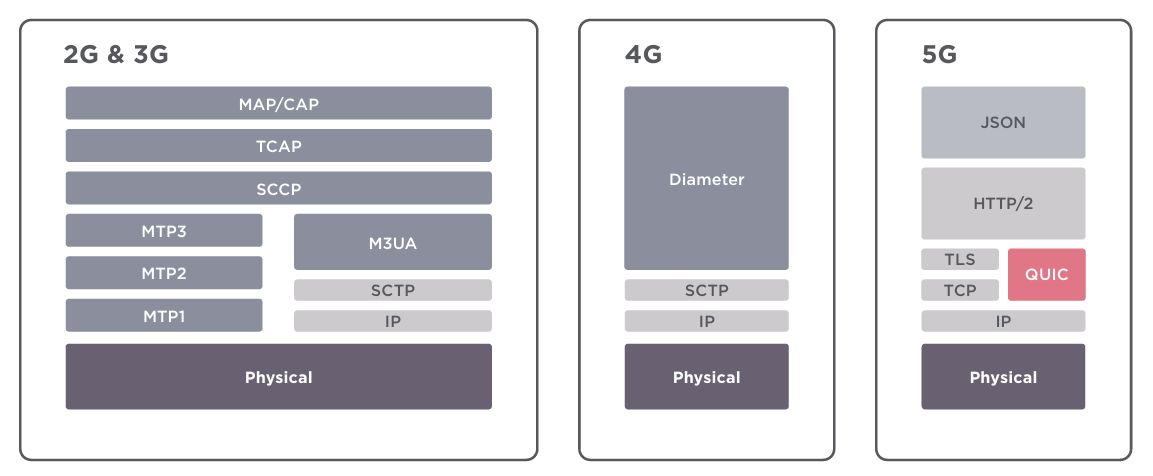
?Previous generations relied on the SS7 and Diameter protocols. The 5G network core is built on well-known Internet protocols such as HTTP and TLS. ? Security threats associated with 3G […]

The Question is Actual 5G or Icon-only 5G! Recently, a new mobile app called SignalTracker showed that nearly 40% of 5G connections are actually 4G, as per PolicyTracker. Actual 5G […]

When I started my 5G Journey in 2017, I first explored the 5G network versions: 5G NSA (Non-Standalone) and 5G SA (Standalone). Most MNOs envision starting with 5G NSA and […]
